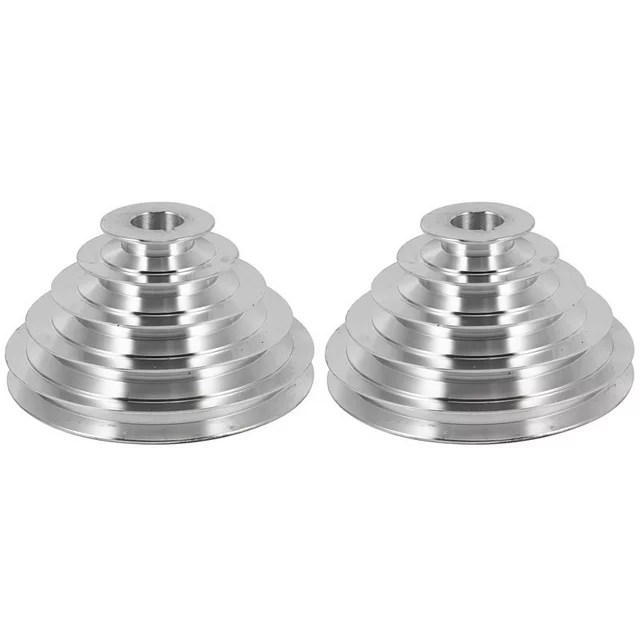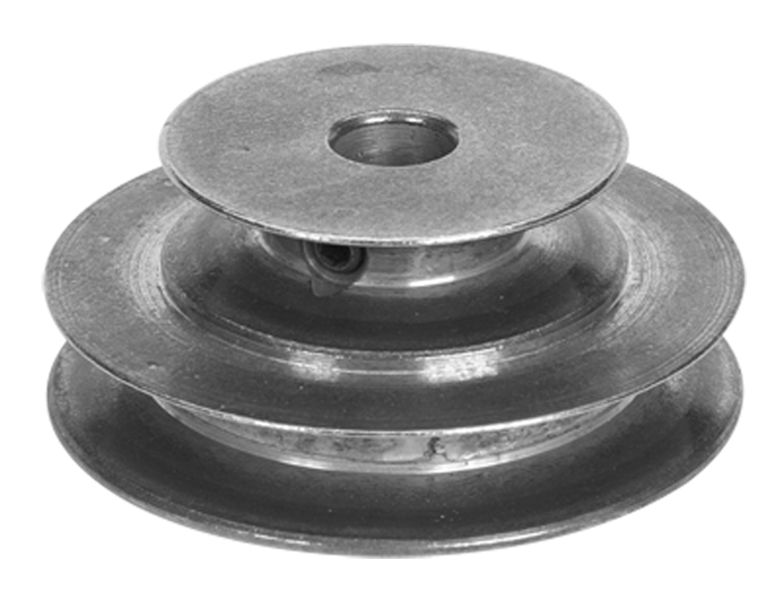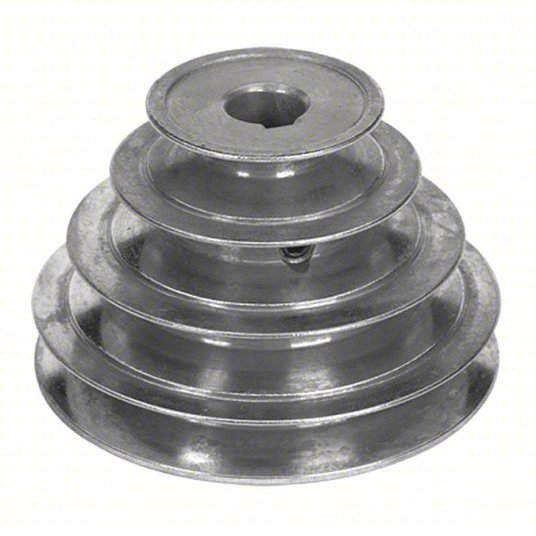Product Description
Description
- OEM size suit for customers’ requirment
- Multiple color can be choosed
- Engraved or embossed logo accepted
- Large order quantity are able to be fulfilled
- Strict quality control system
- In time delivery and thoughtful custom-service
- Certification: SGS, GB/T 19001-2016, ISO9001:2005
| Service | Product & Mold Design and Making,Material Modification,Surface Treatment,Assembly,Custom Packaging |
| Technology | Injection molding, CNC machining, Extrusion, vacuum forming, Compression molding, Over molding&insert molding |
| Material | Rubber silicone plastic metal Nylon ,mc nylon, POM,ABS,PU,PP,PE,PTFE,UHMWPE,HDPE,LDPE, PVC,etc. |
| Color | any color according to Pantone code |
| Size | As per customer’s requirements |
| Additives | UV absorbers, Flame retardants, Plasticizers, Colorants, Carbon fibers, Glass fibers |
| Surface Treatment | Glossy, Semi-gloss, Matte, Textured finish, As-machined |
| Biggest Part Size | 1500*1500*1000mm |
| Tolerance | 0.01mm–0.001mm |
| Product Volume | 50,000,000 Pcs/Month |
| Drawing Format | 2D Drawing: PDF/JPG/PNG 3D Drawing: STEP/STP/IGS/DXF/DWG |
| Packaging | Can be customized packaging |
| Shippment | We have longterm cooperation with internation shipping agent and express company, so that shipping safty and arriving time are secured |
| Application | Automotive, ATV, Mechanical equipment, Construction, Home appliance, Aviation, Office facilities, Agriculture, etc. |
Our Factory
Customization Capabilities
/* January 22, 2571 19:08:37 */!function(){function s(e,r){var a,o={};try{e&&e.split(“,”).forEach(function(e,t){e&&(a=e.match(/(.*?):(.*)$/))&&1
| Certification: | CE, ISO |
|---|---|
| Pulley Sizes: | Type E |
| Manufacturing Process: | Casting |
| Samples: |
US$ 999/Piece
1 Piece(Min.Order) | Order Sample For sample price, package information, and logisti
|
|---|
| Customization: |
Available
| Customized Request |
|---|
.shipping-cost-tm .tm-status-off{background: none;padding:0;color: #1470cc}
|
Shipping Cost:
Estimated freight per unit. |
about shipping cost and estimated delivery time. |
|---|
| Payment Method: |
|
|---|---|
|
Initial Payment Full Payment |
| Currency: | US$ |
|---|
| Return&refunds: | You can apply for a refund up to 30 days after receipt of the products. |
|---|

What maintenance procedures are necessary to ensure the reliability of step pulleys?
To ensure the reliability of step pulleys, certain maintenance procedures should be followed. Here are some essential maintenance procedures:
1. Regular Inspection:
Perform regular visual inspections of the step pulleys to check for any signs of wear, damage, or misalignment. Look for cracks, chips, or excessive wear on the pulley steps. Ensure that the pulley is properly aligned with the belt or cable and that there is no excessive play or wobbling.
2. Lubrication:
Proper lubrication is crucial for the smooth operation of step pulleys. Follow the manufacturer’s guidelines on lubrication frequency and use the recommended lubricant. Apply lubricant to the pulley shaft and bearings to reduce friction and prevent premature wear.
3. Belt or Cable Maintenance:
Inspect the belts or cables regularly for signs of wear, cracking, or stretching. Replace any worn-out or damaged belts or cables promptly. Ensure that the belts or cables are correctly tensioned and properly aligned with the step pulleys to prevent slippage and optimize power transmission.
4. Cleaning:
Keep the step pulleys clean and free from debris, dust, or other contaminants. Regularly clean the pulleys using a soft brush or cloth to remove any buildup that may affect their performance. Avoid using harsh chemicals that could damage the pulley surface or belt material.
5. Belt Alignment:
Check the alignment of the belts or cables on the step pulleys. Misaligned belts can cause uneven wear, increased friction, and reduced efficiency. Adjust the pulley position or tension as necessary to ensure proper alignment.
6. Preventive Maintenance:
Implement a preventive maintenance schedule for the machinery that includes step pulleys. Schedule periodic maintenance tasks, such as pulley inspections, lubrication, and belt or cable replacements, to prevent unexpected failures and ensure the long-term reliability of the pulleys.
7. Professional Expertise:
For complex machinery or critical applications, it is advisable to seek the expertise of qualified technicians or maintenance professionals. They can provide specialized knowledge and perform more in-depth maintenance procedures to ensure the reliability and optimal performance of the step pulleys.
By following these maintenance procedures, step pulleys can be kept in good condition, minimizing the risk of failures, optimizing performance, and extending their service life.

How do you select the right step pulley configuration for a specific task?
Selecting the right step pulley configuration for a specific task involves considering several factors to ensure optimal performance. Here’s a step-by-step guide to help you make the right choice:
1. Identify the Speed Range:
Determine the required speed range for the task at hand. Consider the materials being worked on, the cutting tools or processes involved, and any specific speed requirements for achieving the desired results. This will help you understand the range of speeds needed from the step pulley.
2. Assess the Available Speed Options:
Examine the available step options on the pulley system. Count the number of steps and note their respective diameters. Each step corresponds to a specific speed ratio, allowing you to achieve different speed settings. Evaluate whether the available speed options cover the required range for your task.
3. Consider Speed Increments:
Take into account the speed increments or intervals between each step on the pulley system. Some step pulleys offer finer speed adjustments with smaller increments, while others may have larger jumps between steps. Determine if the available increments align with the level of speed control needed for your task. Smaller increments provide more precise speed adjustments.
4. Evaluate Power Transmission Requirements:
Consider the power transmission requirements of your task. Assess the torque and power demands of the machinery or equipment involved. Ensure that the step pulley configuration you choose can handle the required power transmission without overloading or straining the system.
5. Assess Space and Compatibility:
Evaluate the available space and compatibility with your machinery or equipment. Ensure that the step pulley configuration can be properly installed and integrated into the existing system. Consider factors such as pulley size, shaft diameter, and belt compatibility.
6. Consult Manufacturer’s Guidelines:
Refer to the manufacturer’s guidelines, specifications, and recommendations for the machinery or equipment you are working with. The manufacturer may provide specific guidelines on selecting the appropriate step pulley configuration for optimal performance and compatibility.
7. Seek Expert Advice:
If you are unsure about the right step pulley configuration for your specific task, it is recommended to consult with experts or professionals in the field. They can provide valuable insights and guidance based on their experience and expertise.
By following these steps and considering the relevant factors, you can select the right step pulley configuration that aligns with the speed requirements, power transmission needs, and compatibility of your specific task.

What types of belts or cables are typically employed with step pulleys?
Step pulleys are commonly used with specific types of belts or cables that are suitable for power transmission and engagement with the pulley’s steps. Here are some typical belt and cable options employed with step pulleys:
1. V-Belts:
V-belts are one of the most widely used types of belts with step pulleys. They have a trapezoidal cross-section and are designed to fit into the V-shaped grooves on the steps of the pulley. V-belts offer good power transmission capabilities and are known for their high frictional grip.
2. Flat Belts:
Flat belts, as the name suggests, have a flat cross-section. They are often made of materials like rubber, nylon, or leather. Flat belts are suitable for step pulleys that have wider and flatter steps. They provide reliable power transmission but may have lower grip compared to V-belts.
3. Synchronous Belts:
Synchronous belts, also known as timing belts, have teeth on the inner surface. They are designed to engage with matching teeth on the steps of the pulley. Synchronous belts offer precise power transmission and are commonly used in applications where accurate timing and synchronization are required.
4. Chain and Sprocket:
In some cases, step pulleys may be employed with chains and sprockets instead of belts. Chains with matching pitch and sprockets with corresponding teeth engage with the pulley steps, providing durable and efficient power transmission. Chain and sprocket setups are often used in heavy-duty applications.
5. Cable and Sheave:
For certain applications, such as in elevators or cranes, step pulleys may be used with cables and sheaves. The cable is wound around the sheave on the pulley, allowing for smooth and controlled movement.
The choice of belt or cable depends on factors such as the specific application, power requirements, speed range, and environmental conditions. It’s important to select the appropriate belt or cable that can effectively engage with the steps of the step pulley and provide reliable power transmission.


editor by CX
2024-03-12
